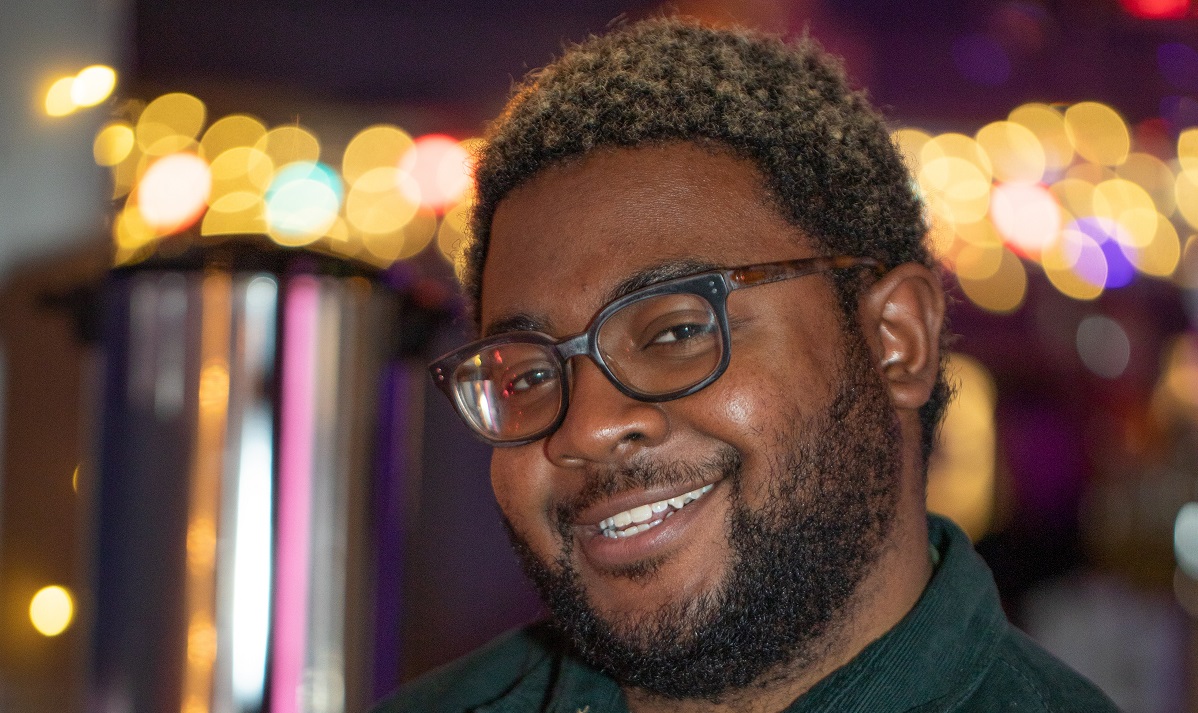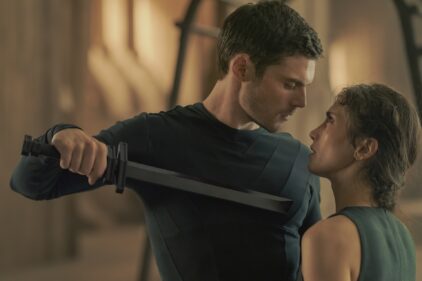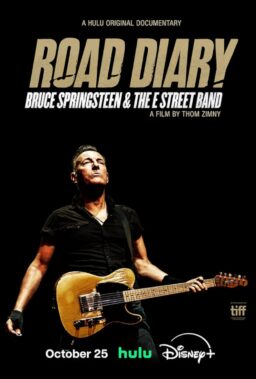Lara Croft has had many death-defying adventures across the decades of the "Tomb Raider" video game franchise. The biggest puzzle for this iconic character has been her inability to find a worthy adaptation in other formats. The silly, Angelina Jolie-led duology was kitschy, and the reboot with Alicia Vikander, meant to resemble the Crystal Dynamics-developed 2013 video game reboot, was forgettable. All of them were excessively cartoonish for their own good, to be honest. And in an ironic twist of fate, Croft's latest iteration, a Netflix animated series fittingly titled "Tomb Raider: The Legend of Lara Croft," is the finest the character has been realized in an adaptation.
Serving as a sequel to the 'Survivor' video game trilogy ("Tomb Raider"; "Rise of the Tomb Raider"; "Shadow of the Tomb Raider"), the eight-episode series sees Croft (voiced by Hayley Atwell) wrestling with her grief amid a globe-trotting adventure. This pertains to her uncle/mentor Conrad Roth's (voiced by Nolan North) death during the events of the first Survivor installment. However, for those new to the series, the series establishes their relationship quite effectively within the first episode.
In the show's prelude, a young, inexperienced Croft completes her late father's adventure to recover an ancient Chinese artifact. She's commended by Roth, who happens to be nearby. When they run into deadly mercenaries outside an ancient temple, Roth teaches Lara a valuable lesson about survival, instructing her to be independent. This carries on in the three-year time jump that follows after his death.
In the present day, Lara is hardened, spiritually and physically, far too afflicted by her pain to deal with it head-on. She would rather spend her days overseas fighting in competitions than returning home to Croft Manor. Even when it puts her at the crossroads of her best friends, right-hand travel companion and cook Jonah (Earl Baylon, reprising his role from the games), and tech expert Zip (Allen Maldonado).

At their suggestion, Lara auctions off some of her late father's belongings. At the event, a scorned man with a past, Charles Devereaux (Richard Armitage, relishing in his devious line deliveries), steals her artifact. Lara soon learns she harbored one of four mystical stones with the power to mind-control others and the world. Across the season, Lara and Jonah go on a globe-trotting chase for the remaining pieces before Devereaux brings about the end of the world.
The animation in "Tomb Raider: The Legend of Lara Croft" was produced by Powerhouse Animation Studios, the same house behind Netflix's Castlevania series. It is telling from the familiar, sharply-angled character designs, with some minor facial details that set it apart. The animators preserve the action-adventure elements from the source material and impart a grander, more intense atmosphere appropriate for the medium. Many perilous locations and action scenes throughout Croft's quest exhibit a vibrant visual appeal, flowing with artistic exhilaration.
The writers, including executive producer Tasha Huo and producer Shakira Pressley, examine the titular character uniquely. Each episode goes into Croft's past, mostly through each mystical MacGuffin she finds. The action direction is often cool, but the direction conveying the underlying pain Croft feels within herself is the most impressive visual feat of the series. Atwell's committed voice performance amplifies the strong character writing, further enhanced by bold imagery more akin to a psychological thriller. She may be animated, but this iteration is the most fully rendered Croft has been yet outside of the games.
"Tomb Raider: Legend of Lara Croft" fits alongside the acclaimed TV versions of "Fallout" and "The Last of Us," continuing the strong streak of video game television adaptations that are far better than they have any right to be.
All episodes were screened for review. Now on Netflix.









